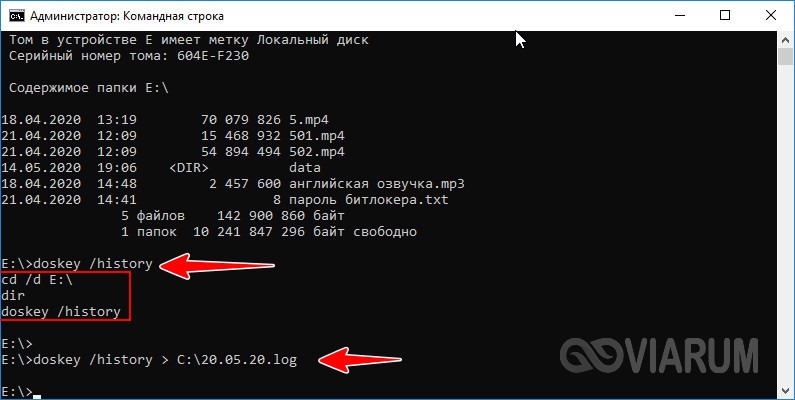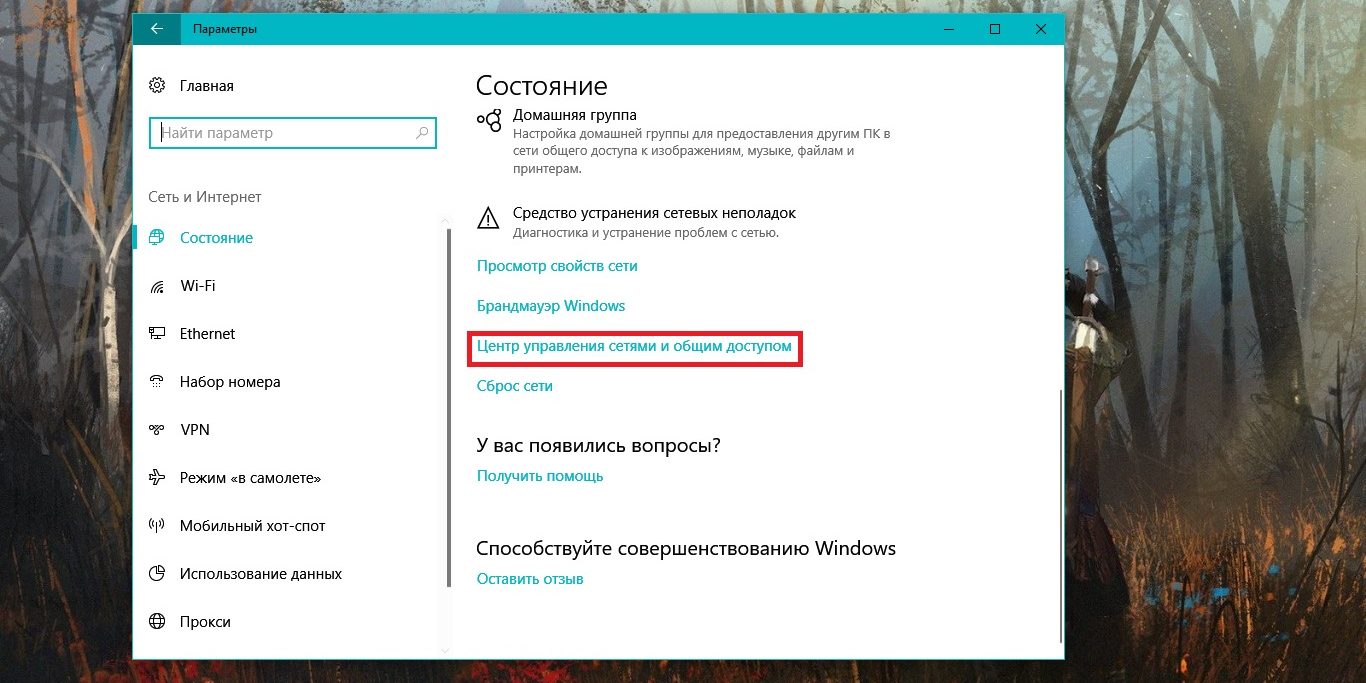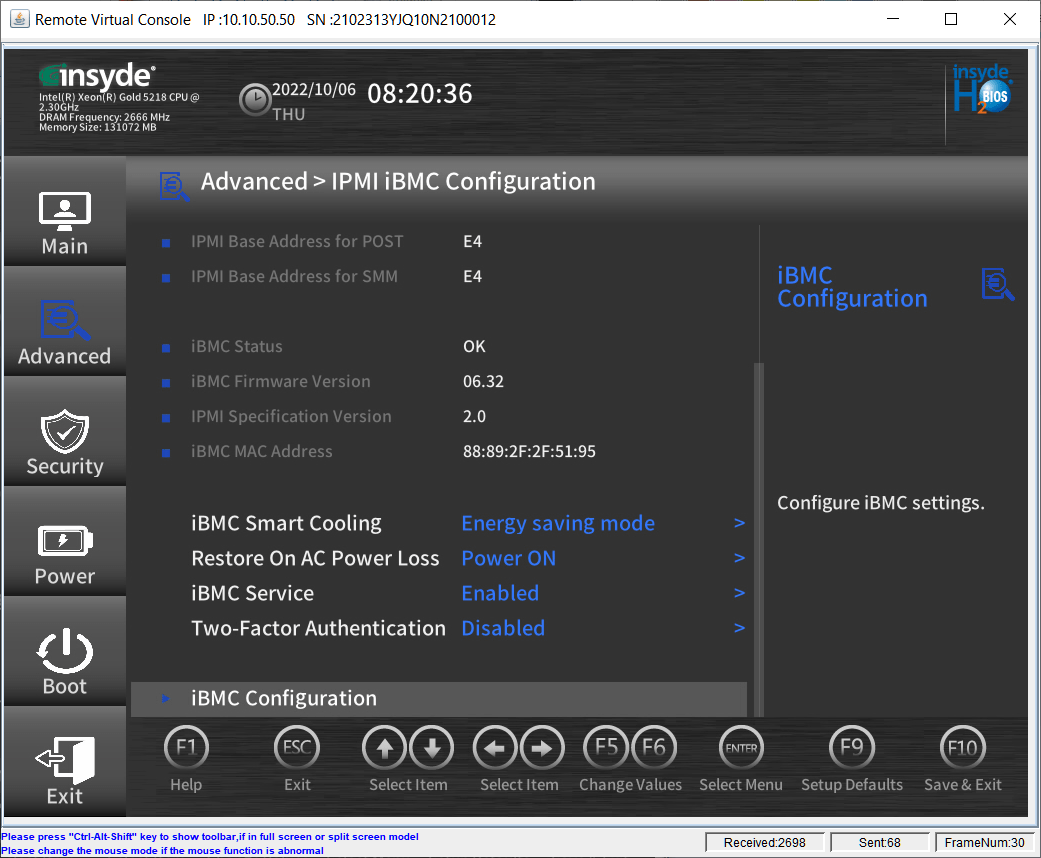How to Check Command History in the Terminal?
The command line (terminal) is an essential tool for working with the operating system. Sometimes we need to revisit previously used commands or analyze their history. In this article, we’ll explore how to check command history in the terminal, using Linux as an example.
The terminal allows you to view the history of executed commands. The history command is used for this. It displays a list of command numbers, as well as the commands themselves, executed in the current session. This makes it easy to go back to previous actions and repeat the desired command.
To limit the number of commands displayed, you can use the -n X flag, where X is the number of recent commands to show. For example, history -n 10 will show the last 10 executed commands.
It’s also possible to search for a specific command in the history. The grep command is used for this. For example, to find the ls command in the history, you can execute the following command: history | grep ls.
Sometimes it is necessary to delete a specific command from the history so that no one can see it. You can use the command history -d X, where X is the number of the command to be deleted. For example, history -d 5 will delete the fifth command from the history.
Thus, checking command history in the terminal is very simple. Using the history command, you can view a list of executed commands, use flags to filter and search for the desired commands, and also delete unnecessary entries. This will help in reusing commands and improve working with the terminal.
I hope this article was helpful and helped you learn new ways to work with the terminal. Stay tuned for updates on our website for more information and tips on using the operating system.


![How to Set Up Automated VDS Backups in [Platform/Location]](https://valebyte.com/blog/wp-content/uploads/2025/11/leonardo_3b4910a9-300x169.jpg)


